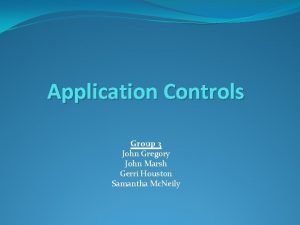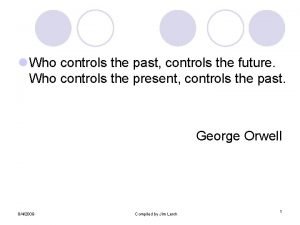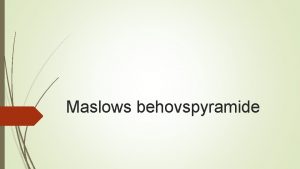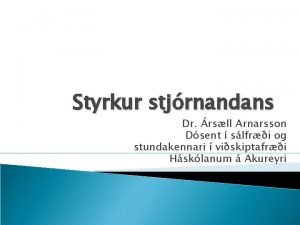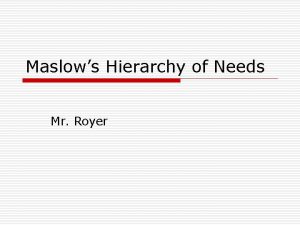Maslows Hierarchy of Security Controls Forensic capture of



- Slides: 3

Maslow’s Hierarchy of Security Controls Forensic capture of memory-based artifacts Forensic capture of host-based artifacts Auditing of Protections App. Locker in “Allow” Mode App. Locker in “Deny” Mode Antivirus

Maslow’s Hierarchy of Security Controls Control Benefit Impact Without Control Limitations Antivirus / Antimalware Can limit the execution of malware known to the AV industry. Attacker can write and run any code, custom C++ applications, internet tools, etc. Can be disabled by administrators. AV signatures can be evaded if the attacker is capable of recompiling or modifying an application. Applocker in Deny Mode Can limit the execution of malware known to your organization. Attacker can write and run any code, custom C++ applications, etc. , as long as they aren’t well known attack tools or exploits. Can be disabled by administrators. Only blocks known evil / undesirable malware, can be bypassed with only minor application changes. Applocker in Allow Mode Can prevent the execution of Attacker can write arbitrary unknown / unapproved applications. custom applicatons, as long as they are not detected by AV or Applocker Deny rules. Can be disabled by administrators. Attacker can still leverage in-box tools like VBScript, Office macros, HTA applications, local web pages, Power. Shell, etc.

Maslow’s Hierarchy of Security Controls Control Benefit Impact Without Control Limitations Auditing of protections By implementing and watching for (App. Locker registry / filesystem audit events keys, AV settings, etc. ) generated when an attacker disables protections like App. Locker, attackers become more visible. Attacker can disable most built-in controls, and then compromise a system without being impacted by that control. Auditing is a reactive technology, not a preventative technology. An attack might still be successful, but proper audit monitoring can help you detect it. Forensic capture / examination of hostbased artifacts Can help detect attacks based on inbox applications that modify the system in some way (such as putting a. VBS /. HTA file on disk). Attacks that leverage in-box tools may not be detected. Memory forensics / application-specific logging Can detect forensic artifacts that do not touch disk. Memory-only attacks may go undetected. Requires significant expertise and custom tooling to capture and forward all “interesting” forensic artifacts. Can be avoided by in-box components (such as Internet Explorer, VBScript “stagers”, Power. Shell, and debuggers) that have the ability to invoke in-memory commands. Not all components that have the ability to invoke in-memory commands expose application-specific logging. Memory-only forensics require significant expertise and custom tooling.
